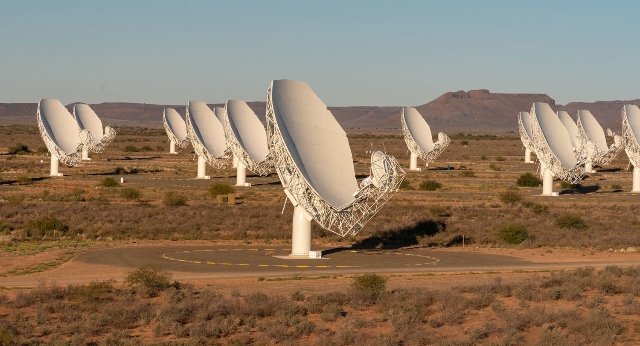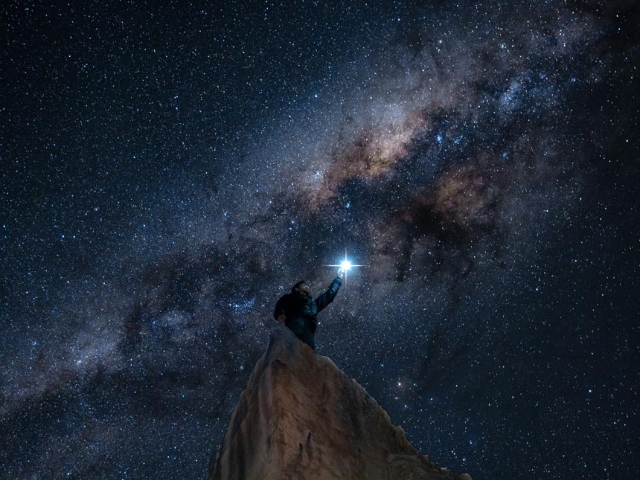[imagesource: blissandstars.com/ Teagan Cunniffe&Heine Wieben]
With the aim of elevating South Africa’s status on the global tourism stage, Minister of Tourism Patricia de Lille has unveiled an exciting new focus: astro-tourism.
As part of the Department’s broader strategy to boost tourism, there’s a keen spotlight on the starry sky above the Western Cape. This national initiative is set to position South Africa as a premier hotspot for stargazers and celestial enthusiasts alike, showcasing our stunning night skies and the magic they hold.
Per The South African, astro-tourism (short for astronomy-tourism) is defined as a sustainable and responsible form of tourism that combines night sky observation, outreach, and leisure activities related to astronomy, according to the United Nations Office for Outer Space Affairs (UNOOSA).
For the ultimate stargazing experience, you can’t beat those pristine, dark skies untouched by light pollution and pesky artificial lights – just ignore all Elon Musk’s 6,426 Starlink satellites in orbit right now. While some spots in South Africa are already famous for their stellar views, there are hidden gems waiting to be discovered by adventurous sky-watchers.
The South Africa Department of Tourism, in collaboration with the Department of Science and Innovation (DSI), launched South Africa’s astro-tourism strategy at this year’s National Tourism Day celebration on 27 September 2024, as reported by Space in Africa.
“This strategy aims to position South Africa as a world-class astro-tourism destination, focusing on infrastructure development, optimal functioning of astro-tourism streams and community transformation,” said Patricia.
The launch took place in the Northern Cape province, where MeerKAT, a cutting-edge radio telescope array, is located. MeerKAT will be part of the Square Kilometre Array (SKA) project, soon to be the world’s most powerful radio telescope.
Besides the MeerKAT site outside Carnarvon, there is also the South African Astronomical Observatory in Sutherland, which is both in the Northern Cape, pitted as the province to spearhead South Africa’s innovative approach to astro-tourism, capitalising on the development of the SKA.

Part of the 64-dish MeerKAT Radio Telescope Array. | Image: SARAO
However, the Western Cape also has several sites that are prime spots for checking out the stars. Monika Luel, Chief Tourism Officer at Wesgro, pointed out that the Cape West Coast and Cape Karoo are regions that offer excellent dark skies experiences. Towns in these regions that have already positioned themselves as astro-tourism destinations include Prince Albert, the Cederberg, and Matjiesfontein.
Matjiesfontein is set to house NASA’s new lunar communication facility being built in partnership with the South African National Space Agency. This site will have sophisticated technology designed for communication with satellites, probes, rockets, and also terrestrial planets, with deep space exploration as a primary focus.
Get ready, South Africa – the stars are calling and the universe is just waiting to be explored!
[source:southafrian]
2oceansvibe News | South African and international news
www.2oceansvibe.com

